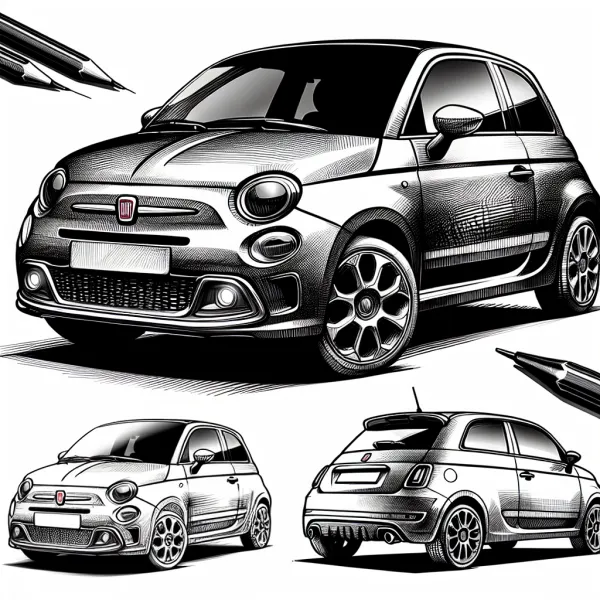Fiat Panda 1.0L: A Mechanic's Unfiltered Review (Post-2020 Models)
Fiat Panda 1.0L: A Mechanic's Unfiltered Review (Post-2020 Models)
So, you're thinking about a Fiat Panda 1.0L? Let's be real, it's a city car. Small, economical, and probably fits your budget. But before you sign on the dotted line, let this seasoned mechanic give you the lowdown. I've seen it all, from perfectly maintained machines to those that look like they've been through a war (and lost).
Who's This Car For?
The Panda 1.0L is perfect for city dwellers, students, or anyone who needs a cheap and cheerful runaround. If you're hauling furniture or expecting a family of five, look elsewhere. This is a *small* car.
Real-World Fuel Consumption
The manufacturer's figures? Forget about them. In Paris traffic, expect anywhere between 15 and 20 liters per 100km. Aggressive driving? Prepare for more. Gentle driving and mostly highway? Maybe you can squeeze it down to 13. It's remarkably sensitive to driving style.
Common Problems (From a Mechanic's Perspective)
Let's get to the nitty-gritty. The most common issues I see? Electrical gremlins. Seems like Fiat's approach to electrical systems is... optimistic. Sensors fail, sometimes inexplicably. The infotainment system can be frustratingly unreliable. Then there's the occasional dodgy starter motor. And don't even get me started on the air conditioning compressor. It's a lottery with these, some last years, some months. Poor maintenance is a huge factor in these issues. Regular servicing is key to avoiding a lot of these problems.
Maintenance Costs
Oil changes are relatively cheap, but the specific oil required for these engines can be more expensive than average. Brake jobs are standard fare, but tire replacements are more frequent due to the small size of the wheels and the Panda's often-spirited driving. Timing belt replacements are thankfully not very often, but when they are, it's a significant expense.
Hidden Costs
Here's where it gets fun. Some of these require specialized tools, driving up labor costs. Finding mechanics familiar with the quirks of Fiat's electrical systems is also a factor. Oh, and did I mention the price of that special oil? It adds up.
Overall Reliability
Let's just say it's not a Mercedes. It's a budget car, and it shows. While it can be reliable, it requires diligent maintenance and a bit of luck. Regular servicing is essential to avoid costly repairs down the line.
Total Cost of Ownership
This is tricky. A new Panda is inexpensive to buy, but the running costs can creep up if you're not careful. Factor in fuel, maintenance, repairs (those electrical gremlins!), insurance, and taxes. It's not the most expensive car to own, but it's definitely not the cheapest either. It depends on how lucky you get with the reliability.
Resale Value
They don't exactly hold their value like a classic Porsche. They depreciate quite quickly. Finding a buyer might not be difficult, but you won't get top dollar for it.
Tips for Prospective Buyers
- Get a pre-purchase inspection from a trusted mechanic (preferably one who's seen their fair share of Fiats).
- Thoroughly test the electrical systems. Everything from the lights to the infotainment.
- Check the air conditioning carefully. It's a common problem area.
- Be wary of suspiciously low prices.
Alternatives
Consider a used Toyota Yaris or a Honda Jazz. They might cost a bit more upfront, but their reliability and resale value often make up for it in the long run. It's a compromise between your budget and the cost of repairs.
Conclusion
The Fiat Panda 1.0L is a small, cheap, and cheerful city car. But it's not without its flaws. If you're on a tight budget and only need a basic car for city driving and are prepared for some potential headaches, it might be a suitable option. But if reliability is your top priority, there are better options out there.
